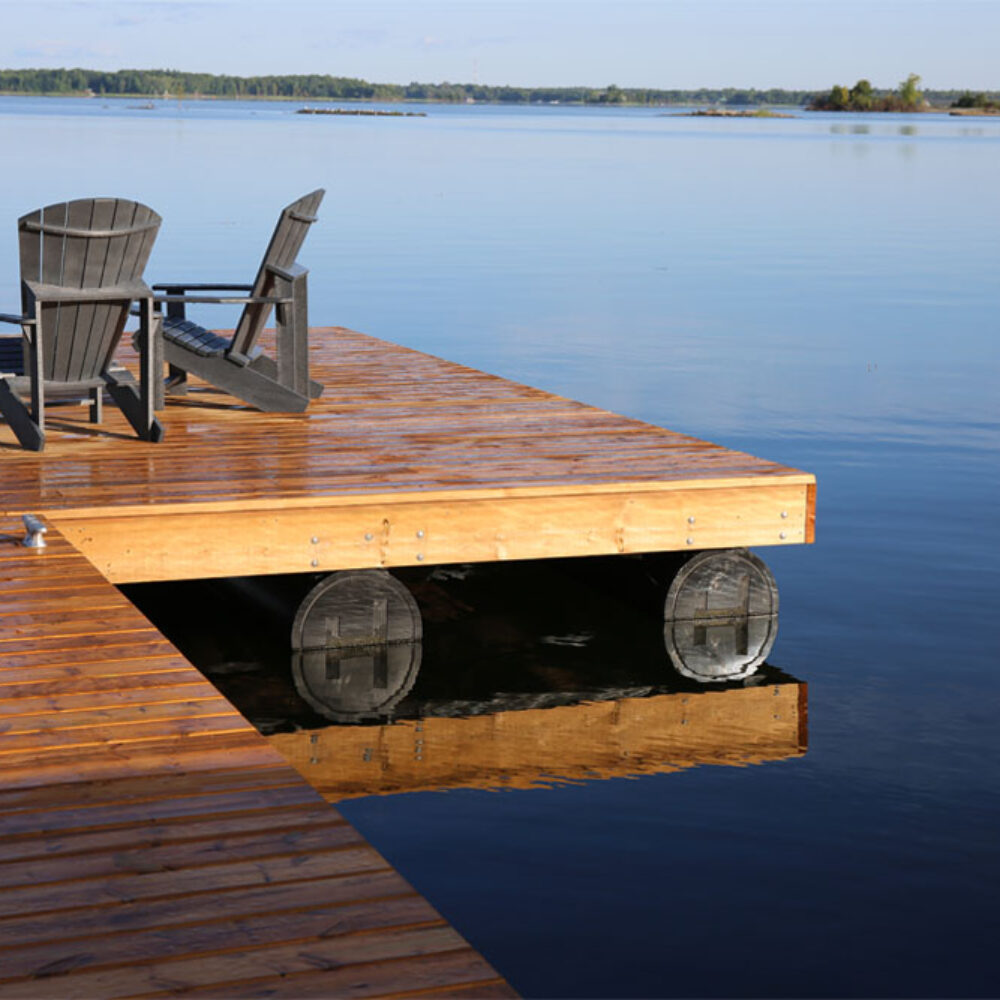When considering the installation of floating jetties for your shoreline, opting for eco-friendly solutions is an excellent way to balance functionality with environmental responsibility. Traditional floating jetties often use materials and construction techniques that can have a negative impact on aquatic ecosystems, but there are sustainable alternatives that minimize this impact and support environmental conservation. Eco-friendly floating jetties are designed with materials that are less harmful to the environment, such as recycled plastics, sustainably sourced wood and composite materials that reduce the reliance on virgin resources. Recycled plastics, for example, are durable, resistant to weathering, and do not leach harmful chemicals into the water. These materials often come from repurposed waste, effectively reducing the amount of plastic that would otherwise end up in landfills or oceans.

Sustainably sourced wood, on the other hand, comes from responsibly managed forests, ensuring that deforestation and habitat destruction are minimized. These woods are treated with environmentally safe finishes and sealants to enhance their longevity without releasing toxic substances into the water. Additionally, composite materials made from a blend of recycled fibers and plastics offer the aesthetic appeal of wood with the durability and low environmental impact of synthetic materials. Another important aspect of eco-friendly floating hiseadock jetties is their design and construction. Modern designs often incorporate features such as permeable decking that allows water to pass through, reducing the impact on local aquatic life and water flow. Some jetties are designed to support vegetation growth or have integrated habitats for wildlife, promoting biodiversity and creating a more natural interface between land and water. Moreover, the installation of eco-friendly jetties typically involves practices that minimize disturbance to the shoreline and aquatic environment.
Techniques such as floating anchors or minimal-impact piling systems reduce the need for extensive excavation and disruption of sediment. This approach helps to preserve the natural habitat and maintain water quality, which is crucial for the health of local ecosystems. Maintenance of eco-friendly floating jetties is also designed to be less disruptive. With materials that resist decay and require less frequent replacement, there is a reduced need for harmful chemicals or heavy machinery that could impact the environment. Regular inspections and maintenance can be carried out with minimal environmental footprint, ensuring that the jetty remains in good condition without causing harm. In summary, choosing eco-friendly floating jetties is a responsible choice for anyone looking to enhance their shoreline while preserving the natural environment. By selecting materials that are sustainable, designs that support local ecosystems, and construction practices that minimize environmental impact, you can enjoy the benefits of a floating dock while contributing to the health and sustainability of our planet.
